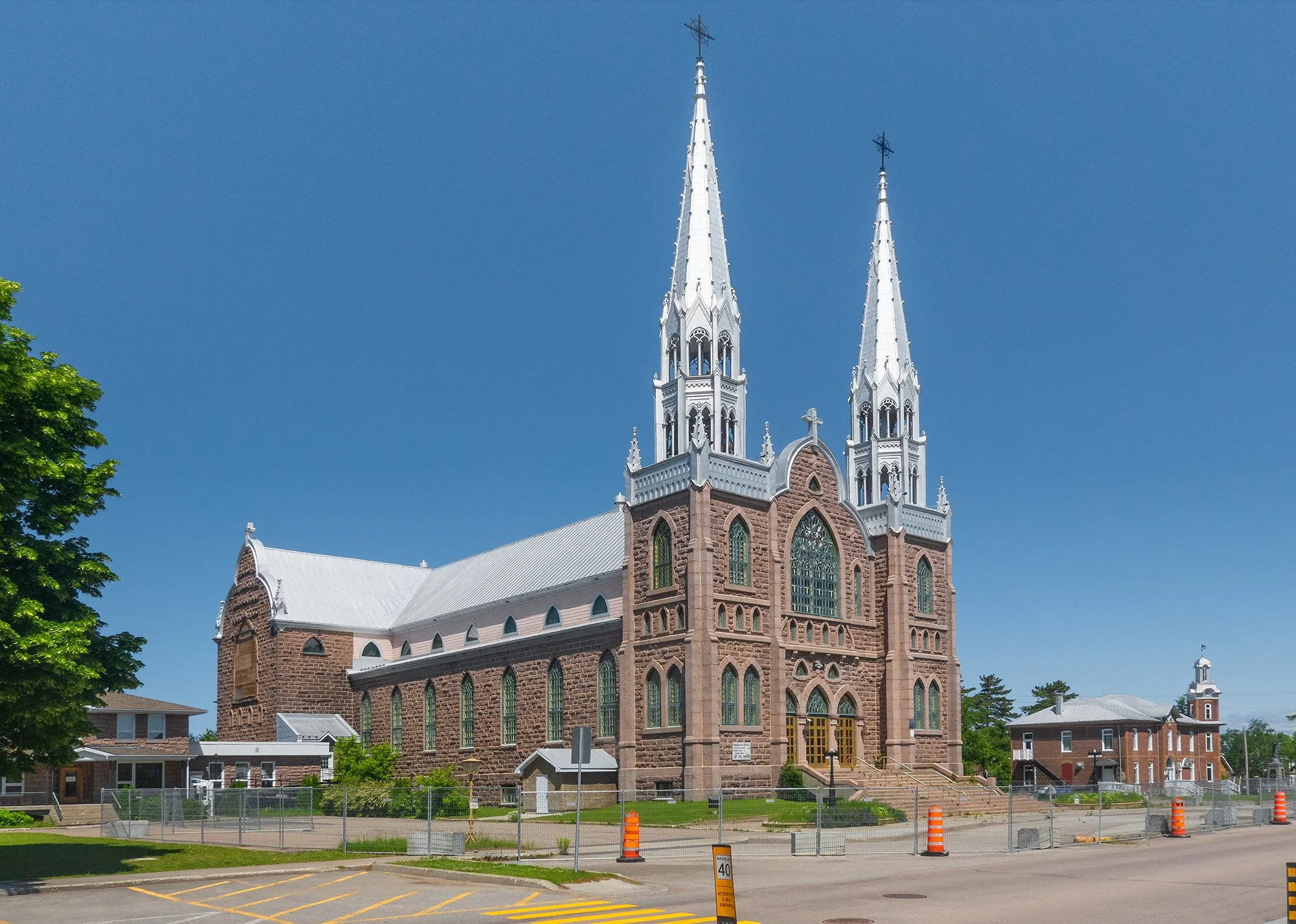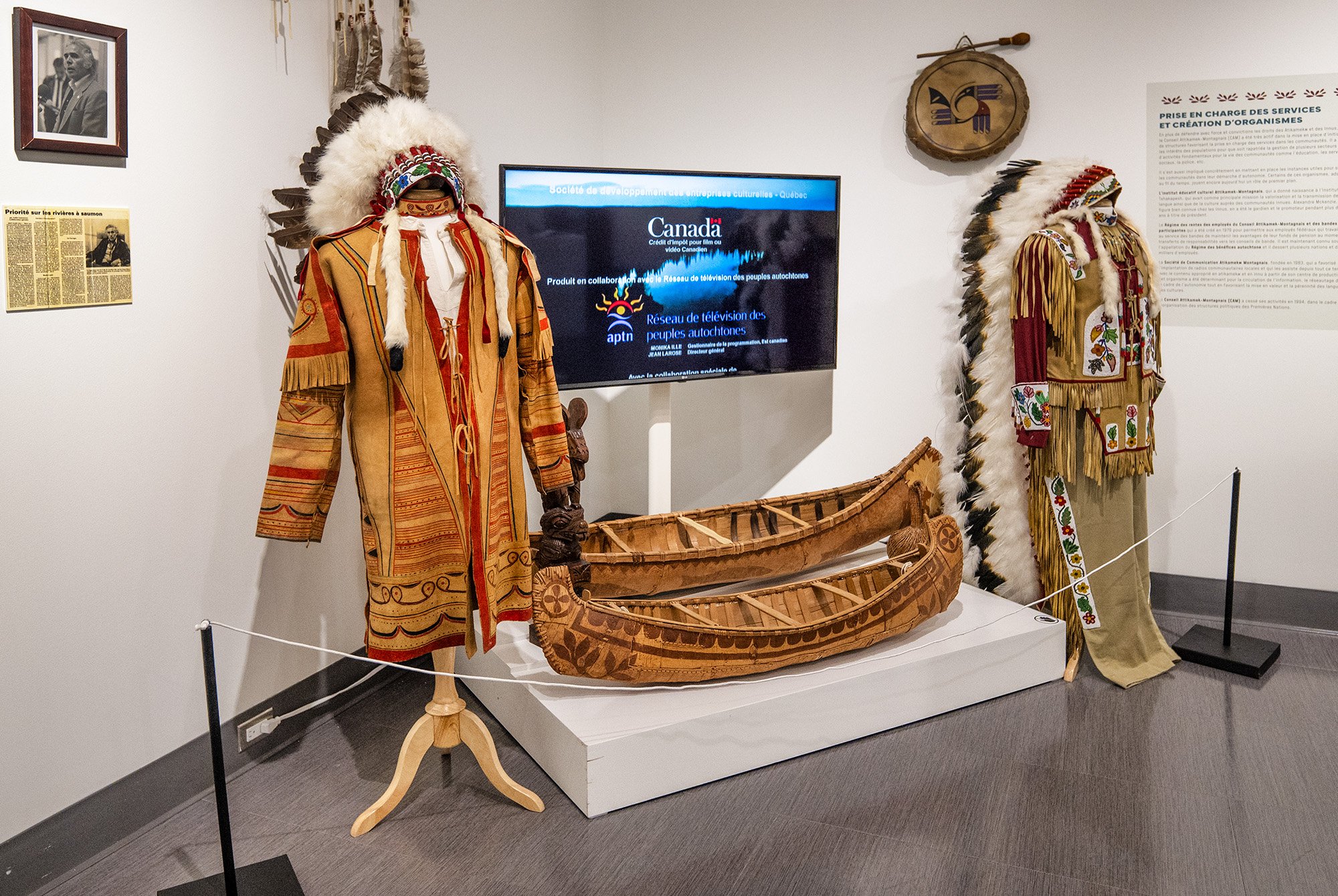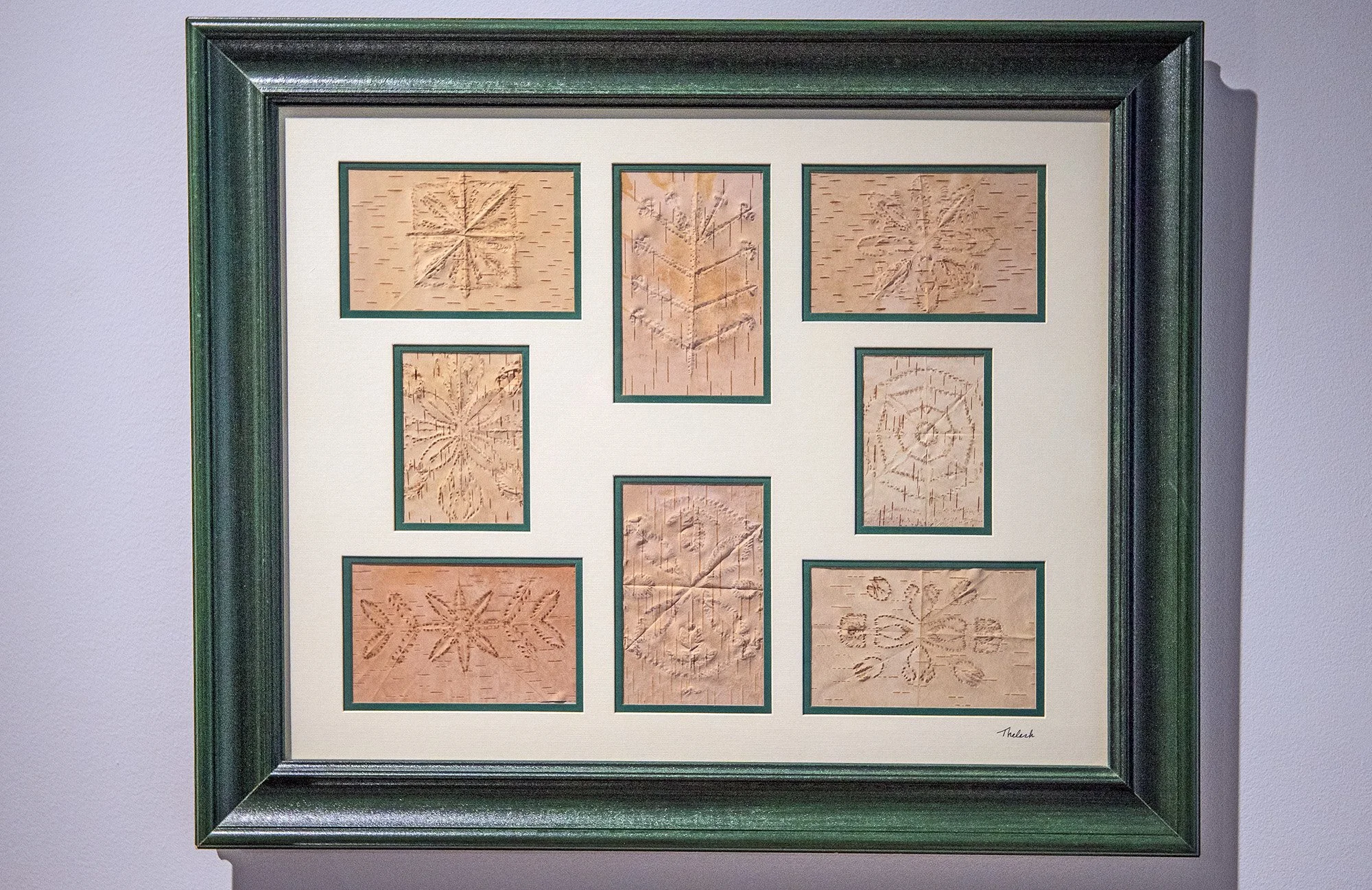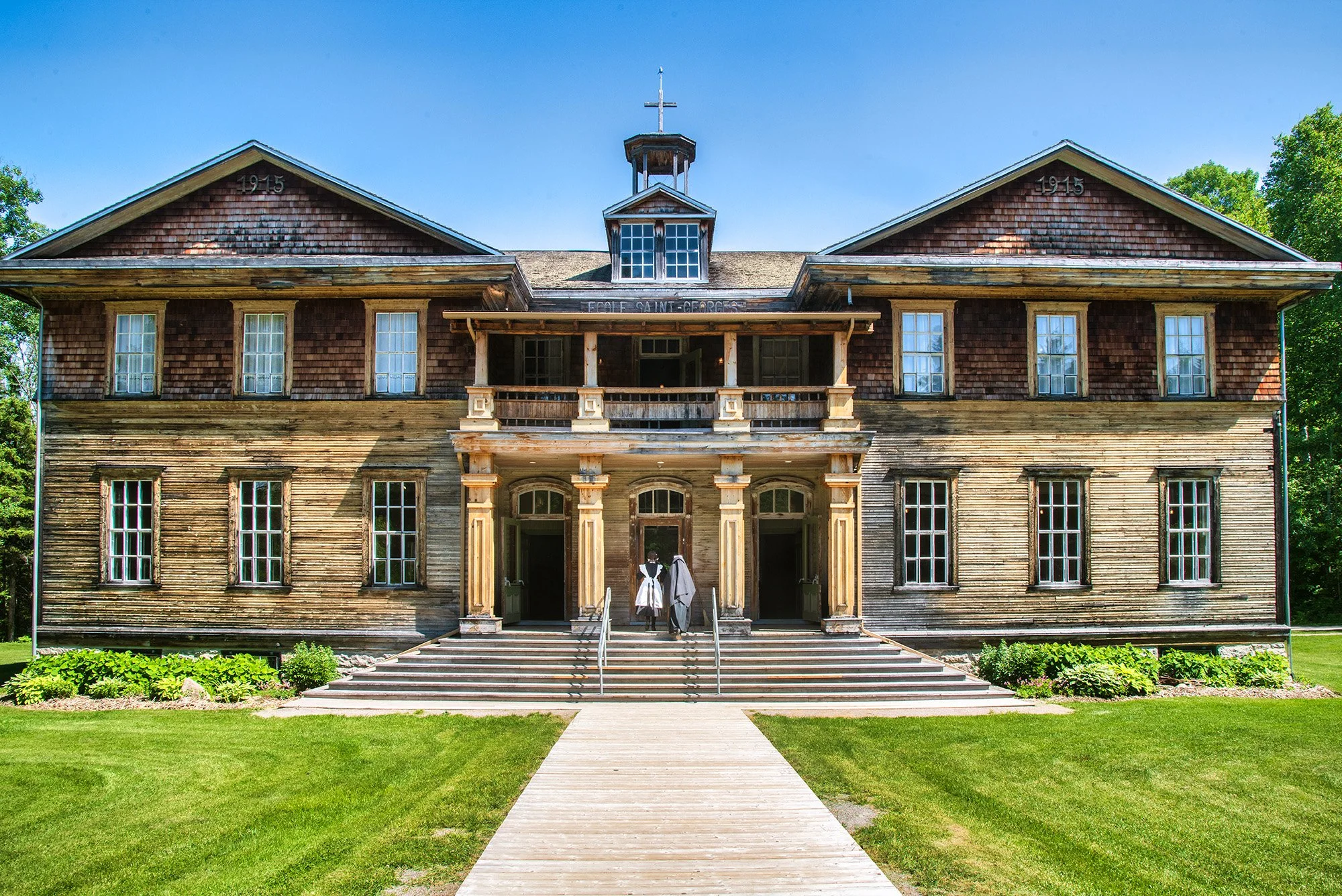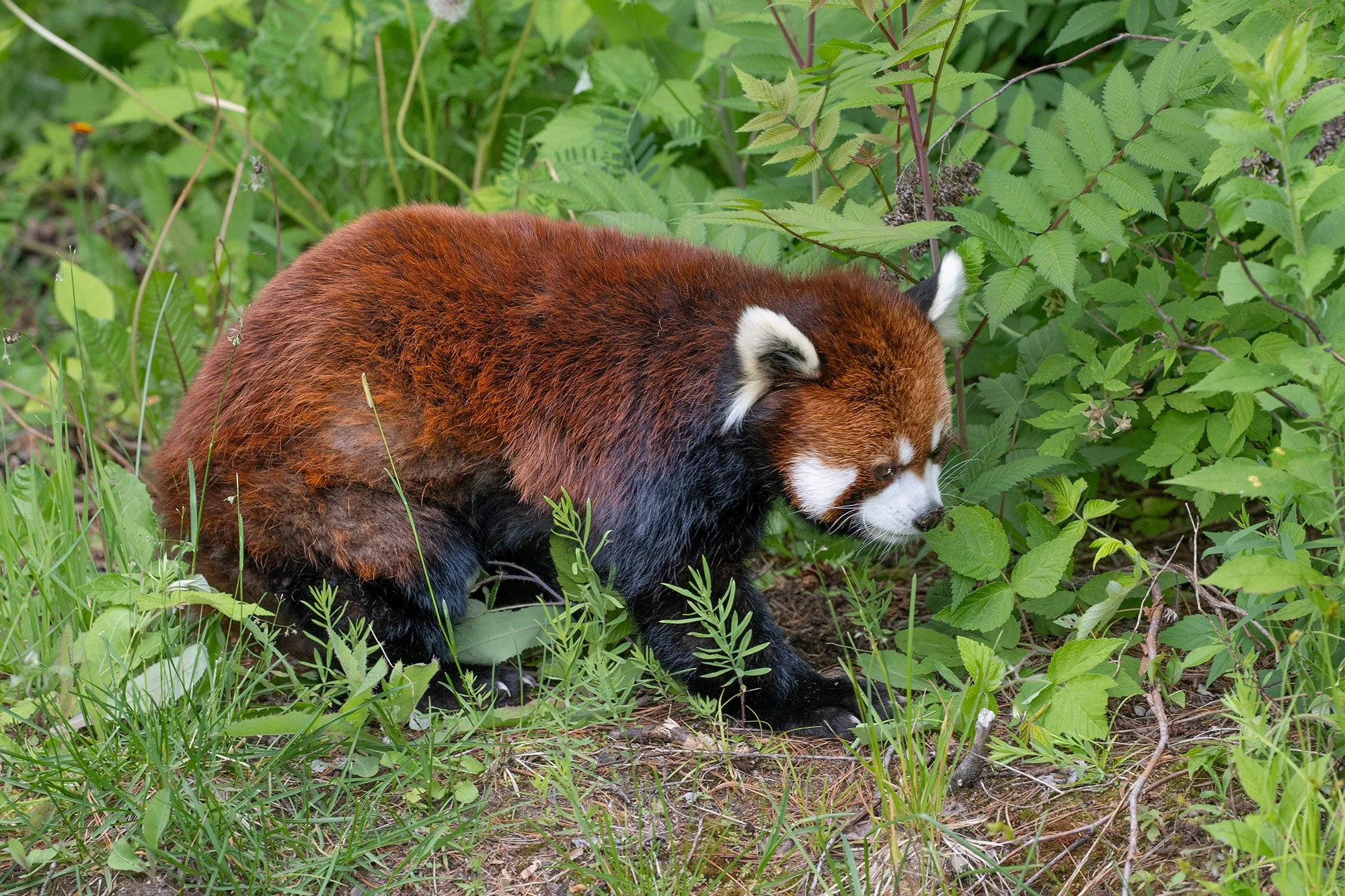Exploring the Tour du Lac Route around Quebec’s Lac Saint-Jean
Published August 14th, 2025
Photography by Robin and Arlene Karpan
We invite you to subscribe to the Modern Traveller Newsletter to get terrific travel articles delivered straight to your inbox!
Just a three-hour drive north of Quebec City, Lac Saint-Jean packs a lot into a relatively compact area. The largest inhabited lake in Quebec, roughly twice the size of the island of Montreal, the region combines natural beauty and outdoor adventure with a rich mixture of history and Indigenous culture.
The 263-kilometre Tour du Lac Route is a fascinating road trip that circles the lake, taking in golden beaches, boreal forest, waterfalls, farmland, wildlife-rich wetlands and nature trails waiting to be explored. Cyclists can follow portions of the popular Véloroute des Bleuets that also goes around the lake and celebrates blueberries that are among the region’s top crops.
Nature and rural life dominate the region. The largest urban area is Alma with 30,000 people, while smaller towns and communities, often with picture-perfect lakeside settings, are scattered throughout the countryside. Among our favourites were Roberval with its popular waterfront beach and playground, as well as Saint-Félicien where an attractive town park features a fountain and sculptures.
Parks and nature preserves abound, many offering free entry. We enjoyed Parc régional des Grandes-Rivières where forest trails lead to the river, with views over the wild rapids and falls at Chutes des Pères. For a short stroll, Marais Tikouamis wetland has a raised boardwalk taking you into the midst of a bird-rich area.



Immerse yourself in Ilnu Culture
The Ilnu Museum in Mashteuiatsh showcases the only Indigenous group in the Lac Saint-Jean area. Part of the larger Innu Nation that stretches into northern Quebec and Labrador, the people here are known as Ilnu and speak a slightly different dialect.


Displays transport you to a time when the Ilnu lived a nomadic lifestyle governed by the seasons, canoeing the waterways, building traditional shelters, and harvesting food and medicine from the boreal forest. Some stone tools are thought to date back about 5,000 years.
Many traditions are depicted with contemporary clothing and intricate beadwork, baskets and birchbark tools, and especially amazing artwork formed by the artist biting into fresh folded birchbark to create symmetrical designs.
Be sure to walk along the waterfront near the museum where imposing sculptures represent the different seasons, along with interpretive panels in Ilnu, French, and English explaining what each season means in the Ilnu culture.
Relive the 1920s Era at Val-Jalbert
Among the top attractions of Lac Saint-Jean is the historic village of Val-Jalbert. In the early 1900s, this prosperous village flourished alongside a pulp mill powered by large turbines built at the foot of a waterfall. Residents enjoyed running water and electricity, rare conveniences in the surrounding rural area at the time.
Financial troubles eventually led to the mill closing in 1927, and Val-Jalbert became a ghost town. Several years later, the government restored it to an historic village. Many original buildings remain, including the huge mill, convent school, store, butcher shop, post office, and several houses. Interpreters in period dress bring the experience alive. Since the site covers a huge area, you can simply hop on one of the trolley buses that circulate throughout the village.



What impressed us most about Val-Jalbert was its stunning natural setting. Its centrepiece is Ouiatchaucan Falls, plunging 72 metres, even higher than Niagara Falls. Take a cable car to the top of the falls (included in the admission price) for outstanding views over the site and the lake, and a trail to other falls deeper in the forest.


A unique feature of Val-Jalbert is its on-site accommodation in 1920s-style houses with modern amenities. Open the cupboard door that looks 100 years old, and there’s a coffee maker, TV, and small fridge. Since we were staying right in the park, we could come and go as we pleased and have access to the site in the evening after daytime crowds were gone. This proved especially handy at night to photograph the falls when they are illuminated.
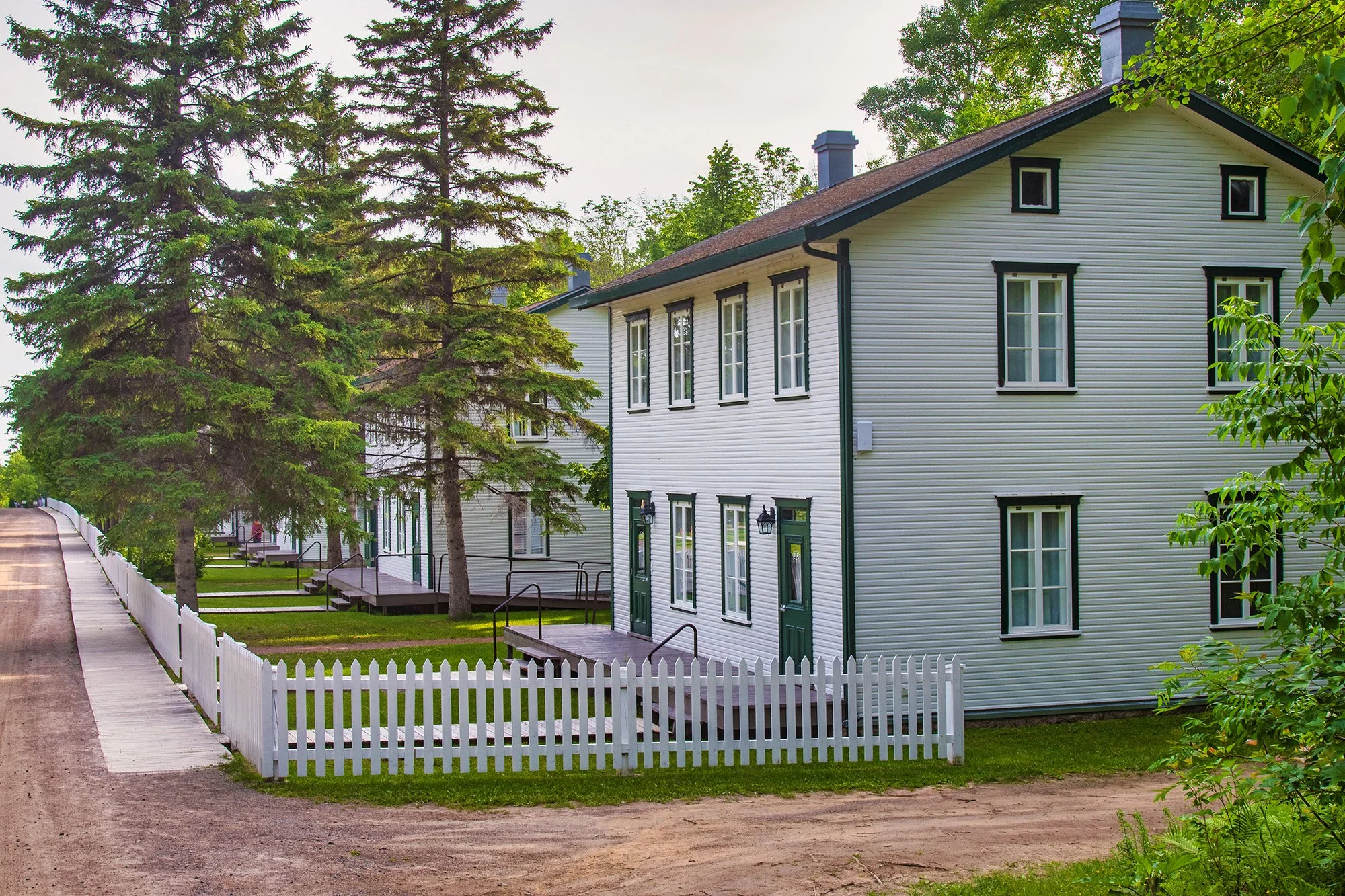

On-site guests also have easy access to Restaurant du Moulin for fine dining in the old mill building. The evening specialty is a set-price four-course dinner, with an emphasis on regional food. We had scallops and beef carpaccio for starters, followed by soup, and a salmon fillet with clover honey. A nice touch is that the staff suggested that diners take a break before dessert and stroll up a few stairs beside the mill to a viewpoint over the falls, looking magical at night with its changing lights.
Zoo Sauvage de Saint-Félicien
Located in the boreal forest just outside the town of Saint-Félicien is the most unusual zoo in Canada, not to mention being among the largest in the country. Forget preconceived notions of critters confined in cages. Here, the wildlife roams in spacious enclosures. The zoo has two parts, with 4.5 kilometres of trails in the pedestrian area taking you through different habitats.
But the highlight is the Nature Trail Park – a massive area of wilderness where much of the wildlife roams freely. It’s like watching the animals in the wild, only that there is a fence somewhere in the forest that we can’t see. To experience this area, visitors take a “train” - open-air cars pulled by a truck that winds along the trails and gets you incredibly close to a variety of creatures. One bull elk was so close that our wide-angle lens could barely fit in all of its huge antlers.


Zoo Sauvage has a well-defined mandate – wildlife of the Borealie and cold areas of the world. Wildlife of Canada takes centre stage with elk, moose, deer, wolves, black bears, grizzly bears, polar bears, cougars, lynx, bison, and a lot more. Watching wolverines was our favourite experience - secretive and seldom seen in the wild, but here in a natural setting.


Animals from cold areas in other parts of the world include Japanese macaques, Amur tiger, Gelada baboons from the mountains of Ethiopia, yaks, rare Bactrian camels (with two humps), and a crowd favourite – red pandas, to mention only a few.
The stated mission of the zoo is to foster an appreciation of nature and the need to protect it. Even non-zoo-goers will likely be won over once they see the conservation efforts the zoo is taking to protect these species and educate visitors.
Bears in the wild
The zoo is one way to observe animals, but nothing can compare with a wildlife encounter in the wilderness. So we headed to Aventure Lac Saint-Jean near Roberval where guide Charles Dufour takes visitors into the forest to see black bears. Our small group filed into Charles’ van for a ride along backroads and rough forest trails. Then it was a short walk to the raised viewing platform with benches he had built hidden among the trees.
Charles warned us not to talk or even whisper after leaving the van. We had to remain completely quiet so as not to spook any bears that might be in the area. While we sat on the benches (they even had cushions), Charles put out some food on the other side of the pond in front of us. Then we waited. Charles stressed that there is no guarantee that bears will show up, but he has a very high success rate. In the meantime, we were entertained by families of young ducks and geese in the adjoining wetland.
Before long the first bear wandered in, checked things out, and at one point stood on its hind legs as if putting on a show. It left soon after, and another bear arrived. Throughout our early evening visit we had three different bears. It was a rare treat to watch these magnificent animals in their natural environment and do it safely with a guy who knows his way around the wilderness.
To start planning your trip, visit the Saguenay-Lac Saint-Jean website and tag us in your social media posts.


